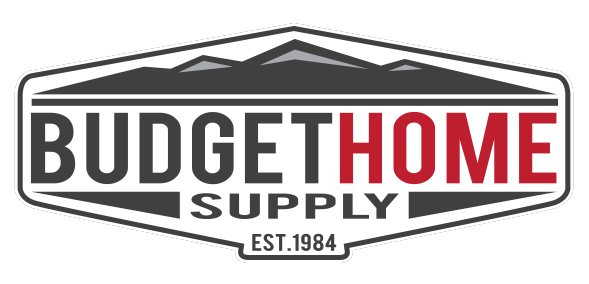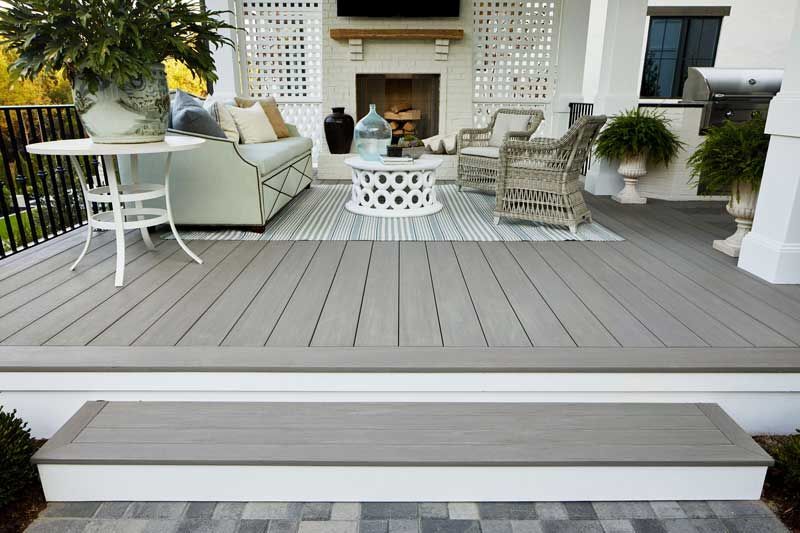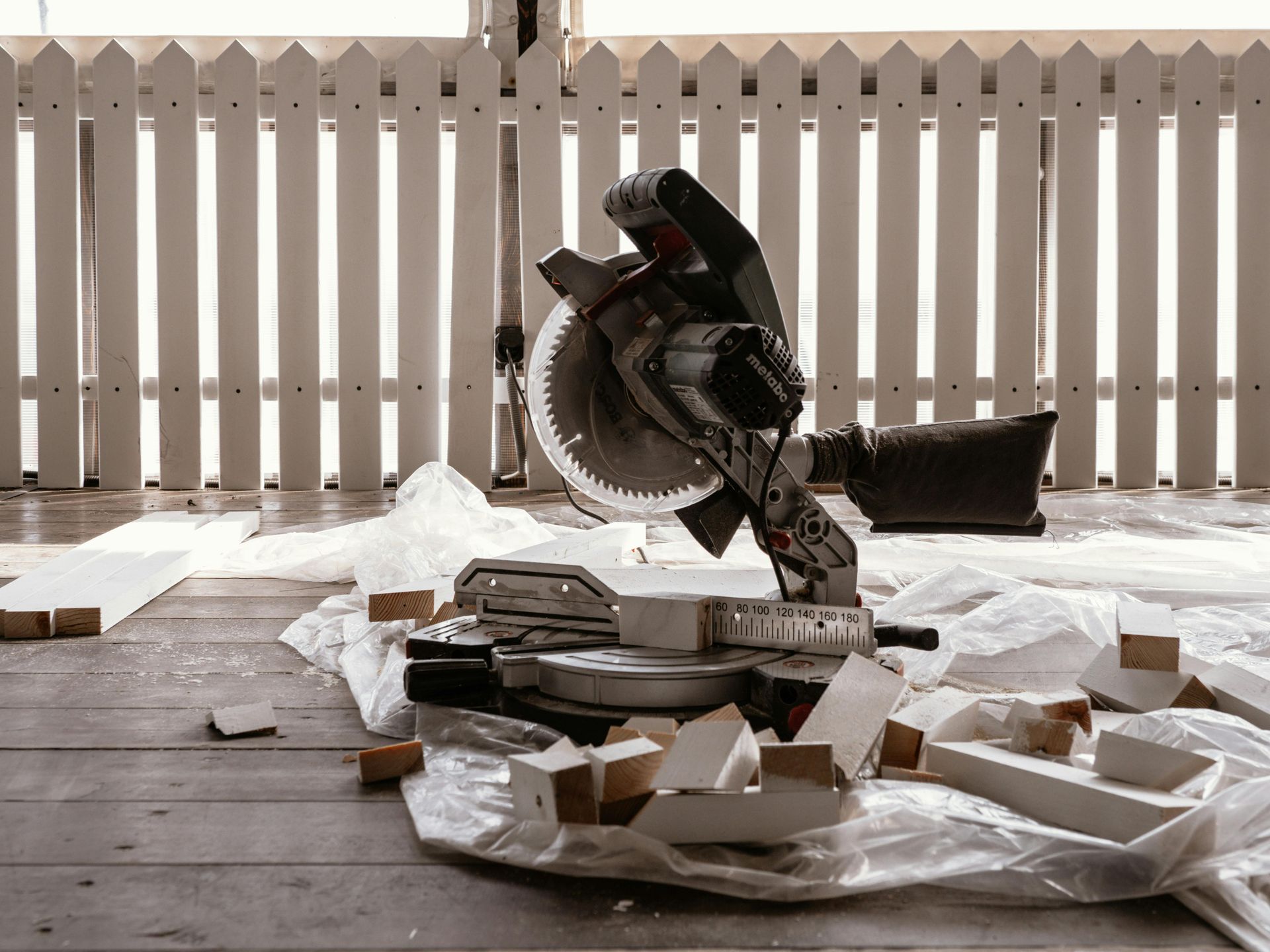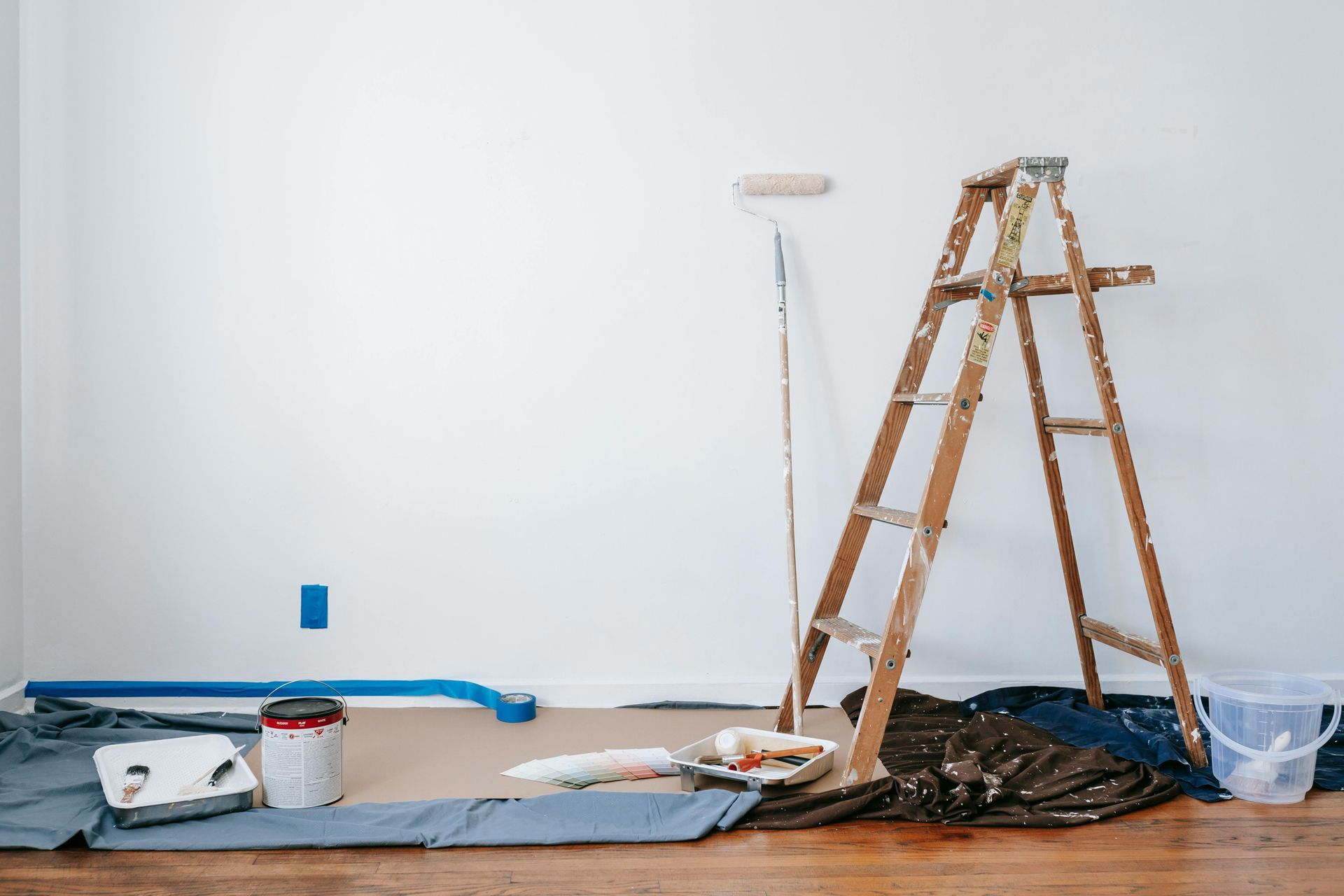Is It Time for a Siding Upgrade? Here are 7 Ways to Tell
Budget Home Supply • May 5, 2020
High-quality, well-maintained siding is a great way to ensure that a house’s property value stays high and that the curb appeal is maximized. However, when it comes to repair and maintenance projects, siding is one of those things that commonly falls by the wayside.
The truth is, though, that those homeowners who know how to notice and address issues with their siding when they first appear are also much more likely to save money on serious repairs later down the line. Siding is a lot more important than many people give it credit for. It protects the house from water and weather damage and helps keep the foundational elements safe and strong.
The good news is that siding technology continues to improve, and homeowners can count on a fantastic array of durable and attractive options to check out when they visit one of their local Boulder hardware stores.
So, what are some easy-to-recognize signs that that old siding needs a lot more than a new coat of paint?
Read on to find out.
1. There are Bubbles or Blisters Beneath the Surface
Bubbles or chipping in the paint or finish are one thing, but if any bubbles or blisters appear to be originating beneath the surface of the siding itself, this is a surefire sign that it is time to call up some local Boulder hardware stores and start asking about replacement options.
Blistering or bubbling almost always indicates that water has somehow managed to seep into the surface of the siding itself, and a moisture issue is never a good thing. Keep in mind that the reason that siding exists is just for this very reason, to prevent water and moisture from outdoors from getting inside the house, and if it isn’t doing what it is supposed to do, it is time to replace this siding before more serious water-damage issues start to appear.
2. Warping or Abnormalities
If cracking or warping is an issue, this is usually one of the first things that homeowners will notice when they inspect their siding. The more serious the abnormality, the greater the chance that rot is present and the stronger the indication that it is beyond repair. Be sure to touch the area and test out if it feels firm under the hand. If it is sagging or gives easily, these are strong indicators of a rot problem that could have spread to other areas as well.
However, even tiny cracks can spell trouble later down the line, so if a homeowner notices that cracks or warping is starting to form in any area of their siding, they should be sure to reach out to a local specialist in lumber in Boulder to find out more.
3. Mold or Other Types of Growth
Whether it be vegetation, mildew, fungus or mold, live growth appearing on the seams or surface of siding is definitely not a good thing. These types of growths can’t exist unless there is some form of moisture or water buildup present, so this could indicate that water is getting into where it shouldn’t be.
Keep in mind that sometimes fungus build-up is not a big deal, especially when it occurs on the flat surface away from the seams, but it is still worth checking in with a specialist in composite decking in Boulder to find out more.
4. Wallpaper or Paint is Bubbling or Peeling Inside of the House
If moisture is making its way through the siding and into the interior wall, it might cause interior wall treatments to chip, bubble or peel. Obviously, this is a major red flag, so if homeowners notice that the paint job on their interior walls seems to be in less than prime condition, they definitely want to make sure that water damage is not the cause.
Of course, if the peeling is occurring on walls that don’t connect to the outside of the home, the siding may not be to blame, but this is the type of issue that will need to be looked into immediately regardless. The longer that water infiltrations are left to fester, the more serious foundational damage that they can cause.
5. The Color on the Siding Has Faded
It is perfectly normal for siding to gradually fade over time, but if it starts to appear downright washed out, this means that the weatherproofing protection is almost completely gone. If the siding isn’t weatherproof, it will leave the home vulnerable to water damage, so it will definitely need to be replaced at some point in the future.
As long as the fading appears gradually, it certainly isn’t an emergency, but it is a good indication that it is time to consult a local specialist in Trex decking in Boulder
to start exploring options for new siding.
6. The Paint on the Siding is Chipped or Peeling
If the siding is painted, it will probably require a new coat of paint every eight years or so, and this is perfectly normal. However, if homeowners find themselves dealing with damaged paint on a more frequent basis, this could be an indication that the siding is no longer able to withstand moisture and other forces of nature.
Once again, this is usually a clear indicator that the siding is due for a replacement. Those who don’t want to worry about repainting can always opt for a low-maintenance vinyl option instead. Their local specialist in decking in Boulder will be able to tell them more about cutting edge siding options that will help homeowners save time and money in the long run.
7. The Energy Bills Seem High
Energy costs are certainly subject to a bit of inflation, but if homeowners notice that they seem to be using more energy than they should be or more than they once did, and are having trouble pinpointing the source of the spike, they might want to consider that their siding could be to blame.
Siding provides a powerful form of insulation, protecting the exterior of the home from the year-round extremes of both cold and heat. The older the siding gets, the less well that it tends to insulate the house, so this means that if energy bills are high it might be time to think about getting that siding replaced in favor of a superior energy solution.
The Takeaway
When it comes to all things siding, a local specialist in decking in Boulder
has homeowners covered. Be sure to call or swing by to find out more about superior siding options that can make all the difference.
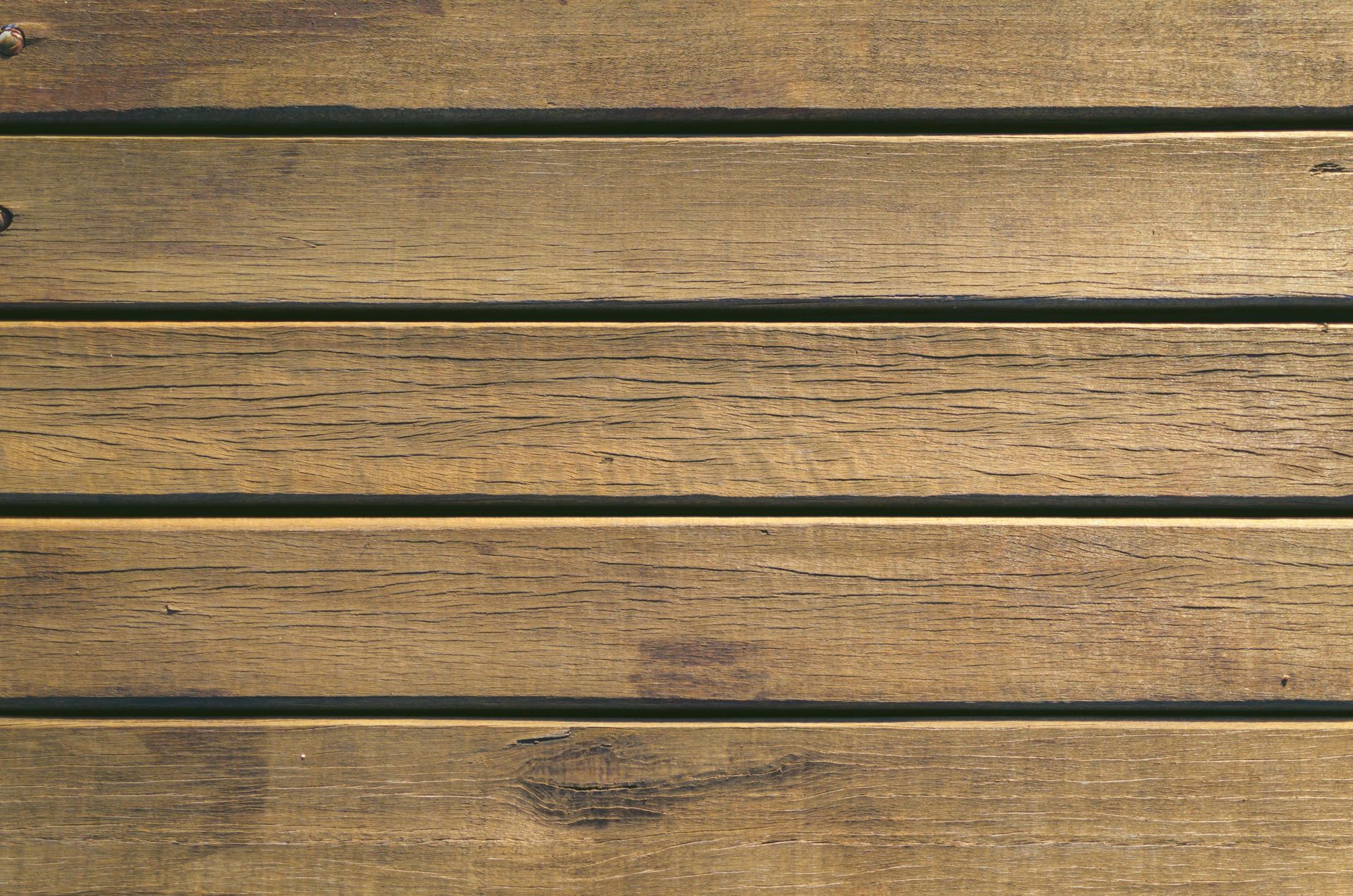
Nearly 1 in 4 new homes in the U.S. includes a deck, and for good reason: a deck can return up to 70% of its cost in resale value. However, with many older decks nearing the end of their lifespan (approximately half are now 20 years or older), more homeowners are asking the same question: What is the best decking material? The answer isn’t one-size-fits-all. Your choice depends on your budget, climate, and the amount of time you're willing to spend on maintenance. Some people love the natural warmth of wood, while others prefer the low-maintenance durability of composite. In this guide, we’ll explore both, highlight their benefits and drawbacks, and help you decide which material best suits your home and lifestyle. Wood Decking: Classic Beauty with Natural Appeal When homeowners ask what is the best wood decking material , the answer usually comes down to three main types: pressure-treated lumber, cedar, and redwood. Each offers natural charm and unique qualities that synthetic materials can’t fully replicate. Benefits of Wood Decking Authentic look and feel: Wood’s warmth and grain patterns create a timeless appearance. Cost-friendly options: Pressure-treated lumber is among the most affordable choices for building a deck. Premium appeal: Cedar and redwood are naturally resistant to decay and insects while adding rich color and elegance. Customizable: Wood can be painted, stained, or left to weather naturally, giving homeowners flexibility in design. Drawbacks of Wood Decking Requires regular upkeep: Sanding, staining, and sealing are necessary to preserve its appearance and durability. Vulnerable to moisture: Without maintenance, wood can warp, rot, or crack over time. Shorter lifespan: Even high-quality wood generally doesn’t last as long as composite. Ideal usage Wood is best suited for homeowners who want a traditional deck with natural beauty, don’t mind yearly maintenance, or are looking for a lower upfront cost. Composite Decking: Modern Durability with Low Maintenance Composite decking is made from a blend of recycled plastics and wood fibers. These boards withstand the elements while requiring minimal upkeep. Benefits of Composite Decking Low maintenance: No sanding, staining, or sealing required—just occasional cleaning. Durability: Resistant to fading, staining, mold, and insect damage. Variety of styles: Available in a wide range of colors and finishes, many of which closely mimic natural wood. Eco-friendly: Often manufactured with recycled materials, making it a sustainable choice. Drawbacks of Composite Decking Higher upfront cost compared to most wood options. Can retain heat, making it less comfortable to walk on in very hot climates. Some homeowners feel it lacks the authentic look and texture of natural wood. Ideal usage Composite works well for homeowners who prefer a low-maintenance deck, live in regions with extreme weather, or want to maximize long-term durability and value. Comparing Wood and Composite: What is the Best Decking Material? The answer depends on how the two stack up against your priorities. Here’s a breakdown: Cost Wood: Lower upfront cost, especially with pressure-treated lumber. Composite: More expensive initially, but often pays off over time with less maintenance. Durability Wood: Can last 10–20 years with consistent care. Composite: Often lasts 25–30 years or more with minimal upkeep. Maintenance Wood: Requires regular staining and sealing. Composite: Occasional washing is usually enough. Aesthetics Wood: Authentic natural grain and warmth. Composite: Wide variety of colors and finishes, though less “organic” in feel. Sustainability Wood: Renewable and biodegradable if sourced responsibly. Composite: Often made from recycled plastics and reclaimed wood fibers. Climate Suitability Wood: Performs best in dry climates. Composite: Ideal for wet, humid, or very sunny regions. In other words, if you’re looking for the best deck material on a budget and enjoy hands-on projects, wood is your best bet. However, if you prefer convenience and long-term reliability, a composite may be worth the investment. Trends and Sustainability in Decking Beyond performance, many homeowners today also consider style and environmental impact when selecting the best material for decks. Popular trends include: Wider boards for a modern, sleek look. Mixed materials such as combining wood with metal or composite accents. Multi-tone patterns using different composite shades for borders or inlays. Sustainability highlights: Responsibly harvested wood supports renewable forestry. Composite decking helps reduce plastic waste by repurposing recycled materials. Both materials can be environmentally responsible, so your decision can align with eco-conscious values no matter which way you go. What Is The Best Composite Decking Material? Not sure which way to go? Here are some practical tips to help you decide. Think about your lifestyle : Do you enjoy DIY upkeep projects, or would you rather spend your weekends relaxing on the deck? Consider your climate : Wood may work well in drier areas, while composite is often better in humid or sun-heavy regions. Look at long-term value : Wood saves money upfront; composite saves time and cost in maintenance over the years. Match your style : Wood gives you unmatched authenticity, while composite offers more consistent colors and finishes. By weighing these factors, you can identify the material that fits your home and needs best. Making the Right Choice for Your Deck So, what is the best material for decking? There’s no universal winner, just the best choice for your lifestyle. Wood offers classic beauty and affordability but requires upkeep. Composite provides modern durability and convenience, though it comes at a higher initial cost. If you want a traditional, natural look and don’t mind regular maintenance, wood is a great option. If you prefer a low-maintenance, long-lasting solution, composite might be the smarter investment. Either way, choosing the right deck material ensures you’ll enjoy years of outdoor living on a deck that adds beauty and value to your home. If you’re ready to explore your options, Budget Home Supply in Longmont, CO, offers both wood and composite decking, so you can compare side by side and choose the material that’s right for your home.
Discover essential tips to prevent frozen pipes this winter! Learn how to winterize your plumbing, avoid costly repairs, and keep your home safe during cold months.
Discover essential tips for weatherproofing your home for
every season. Keep your space comfortable and energy-
efficient with our ultimate guide!
Why Wood Decking is Better Than Composite Decking for Your Home Thinking about sprucing up your backyard with a stunning deck? When it comes to choosing the right material for your deck , the decision often boils down to wood vs composite decking. Each option has its advantages, but many homeowners still prefer the classic appeal of wood decking for homes. If you're considering building a deck, we can explain why wood decking might be the perfect fit for your home. It offers a budget-friendly and beautiful outdoor oasis. Timeless Beauty of Wood Decking One of the most compelling reasons to choose wood decking is its natural beauty. Wood has a rich, warm appearance blends naturally with most outdoor environments. While composite decking has come a long way, it often can't replicate the organic feel and timeless charm of wood. Each wood plank is unique, offering varied grains, knots, and colors that make your deck one-of-a-kind. Additionally, wood decking can be easily stained or painted in various shades to match your home's aesthetic. If you ever want to change the look, refinishing wood is relatively simple, allowing you to switch up the vibe of your outdoor space without replacing the entire deck. Affordability When you compare wood vs composite decking, wood generally wins on price. Although composite decking materials have become more affordable, they can still be significantly more expensive than wood. Wood decking is a smart option if you're working with a tight budget but still want a high-quality deck. Budget Home Supply offers various wood types at competitive prices, making it easier to choose a cost-effective material without compromising quality. If you're handy, wood decking allows for a more budget-friendly DIY project. Eco-Friendly Option For environmentally conscious homeowners, wood decking is often the more sustainable option. Most wood used for decking is harvested from responsibly managed forests, making it a renewable resource. With proper care and maintenance, a wood deck can last for decades, reducing the need for frequent replacements that could add to waste. Composite decking, on the other hand, is made from a combination of plastic and wood fibers. While some composite products use recycled materials, many still rely on plastics, which can have a higher carbon footprint. If sustainability is a priority for you, choosing wood could help reduce your environmental impact. Comfort and Temperature If you plan on spending a lot of time on your deck, comfort is key. In the battle of wood vs composite decking, wood is often cooler underfoot, making it a more comfortable choice during hot summer months. Composite decking materials, especially darker colors, tend to absorb heat, making them uncomfortable to walk barefoot. This is vital to consider if you live in a warmer climate or if your deck gets direct sunlight. Wood's natural texture also makes it feel more inviting, giving it an organic softness that enhances the outdoor experience. Plus, wood won’t retain heat as much as synthetic materials, ensuring a more enjoyable space for entertaining and relaxing. Repairability Over time, wear and tear are inevitable, but wood decking is easier to repair than composite. If a section of your wood deck becomes damaged, you can typically replace individual boards or sand them down to restore the surface. With composite decking, repairs can be more complicated. Matching colors and textures in composite materials can be difficult, and some types of composite decking don’t allow for spot repairs, meaning you might need to replace larger deck sections. Wood's natural composition allows for refinishing, giving your deck a second life and saving you money in the long run. Regular sanding and staining can breathe new life into your deck, making it look almost brand new again. Classic Appeal There's something undeniably classic about wood decking for homes. It's a choice that has stood the test of time. From rustic to modern homes, wood can complement any architectural style. It's versatile, allowing various design options like custom railings, built-in seating, or intricate woodwork. The flexibility of wood as a material gives you endless possibilities when designing your outdoor space. While durable and low-maintenance, composite decking may not offer the same level of flexibility when it comes to customization. Wood is often the better option if you want a deck that feels like a true extension of your home. Customization Options When it comes to wood decking, you have several options, whether it’s pressure-treated wood, cedar, or exotic hardwoods like ipe or mahogany. Each type of wood offers unique qualities in terms of durability, appearance, and price. For instance, cedar is very resistant to rot and insects, which makes it a long-lasting option for outdoor decks. Additionally, Budget Home Supply offers a range of wood materials , allowing you to pick the right fit for your climate, budget, and aesthetic preferences. Maintenance It’s no secret that wood decks require more maintenance than composite decking, but it’s often overstated how much work wood needs. Basic care, such as annual cleaning, occasional sealing, and periodic staining, can keep your wood deck looking fantastic for years. Maintaining wood is straightforward with the right products and a little elbow grease. If you enjoy outdoor projects or take pride in keeping your home in top shape, maintaining a wood deck can be a satisfying experience. Plus, wood's ability to be sanded and refinished gives it an advantage over composite, which can show irreversible wear after years of use. Value and ROI When considering the long-term value of wood vs composite decking, wood often provides a better return on investment. Many homebuyers are drawn to the natural beauty of wood decks, which can enhance curb appeal and increase the overall value of your home. While composite decks may last longer and require less maintenance, they may not offer the same aesthetic appeal to prospective buyers. Wood decking provides a sense of craftsmanship and tradition, which can be especially appealing in homes with natural landscapes or older architectural styles. Refreshing your wood deck with stains or paints allows you to keep it looking fresh and appealing, further adding to its value. Bottom Line: Wood Decking Wins for Many Homeowners In the debate of wood vs composite decking, the natural beauty, affordability, and repairability of wood decking make it a standout choice for many homeowners. Whether you want to create a cozy backyard retreat or an elegant outdoor entertaining space, wood offers flexibility, timeless style, and a solid return on investment. At Budget Home Supply, we offer various wood decking materials to suit every need and budget. Consider wood if you want to build a deck that combines beauty with durability. Visit us at Budget Home Supply to explore your options and make your outdoor space the best it can be. So, why wait? Start planning your dream wood deck today!
Discover the best hardwood for kitchen cabinets! Explore options like maple, oak, cherry, and more, and find the perfect fit for your home at Budget Home Supply.
